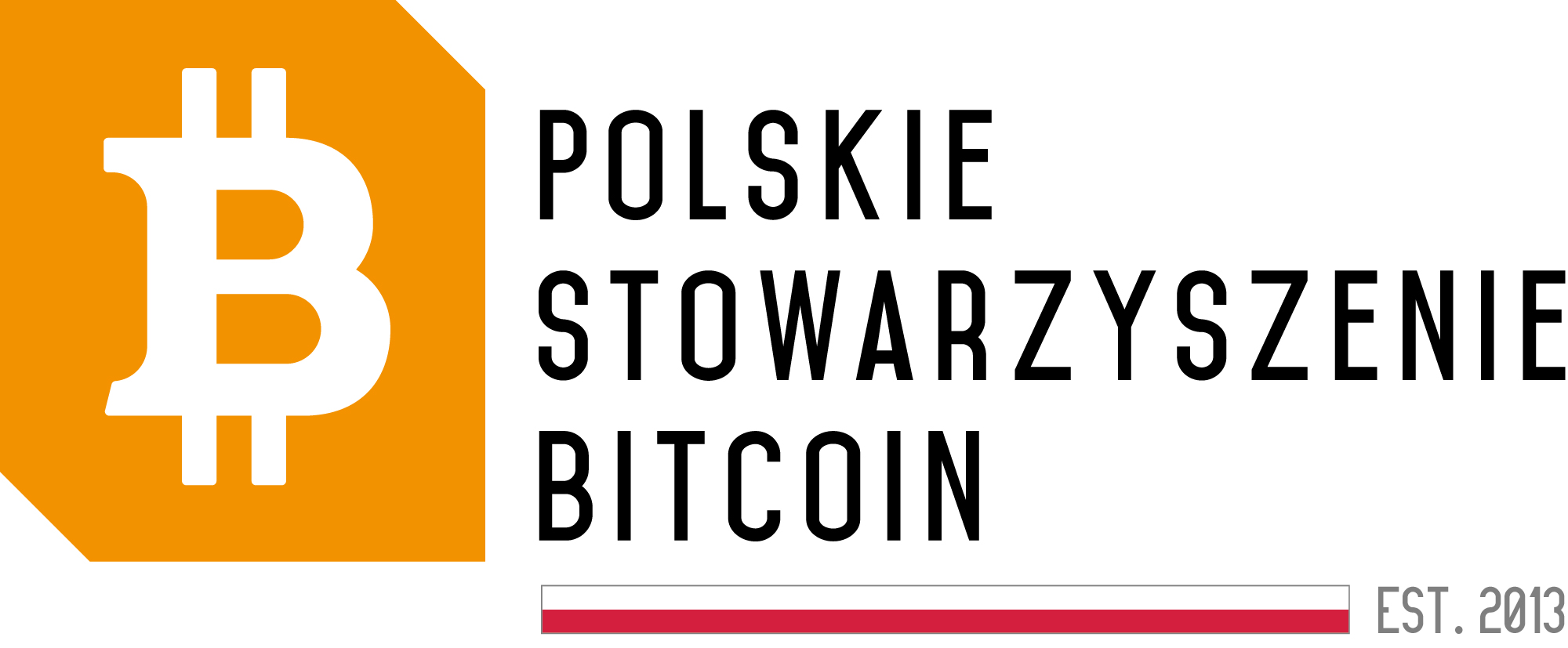Surprising Events Before Bitcoin Halving: What Triggered the Acceleration of the Timeline?

The Phenomenon of Bitcoin Halving: Reduction in New Coin Emission
Another Bitcoin (BTC) halving is approaching, which marks the moment when the block reward is reduced. There have been predictions that the next decrease in the emission of new coins in the Bitcoin network may occur on April 15, instead of the previously planned date of April 20. What caused this sudden turn of events?
Increase in Transaction Volume and Acceleration of Halving Time
The increase in Bitcoin transaction volume has led to the acceleration of the time until the next reduction in block rewards on the network. Since February 14, the average daily trading volume of Bitcoin has risen from $24 billion to around $40-52 billion by mid-March. This significant jump has affected the halving timeline.
Dynamism in the Cryptocurrency Market
Wednesday’s trading volume for Bitcoin almost reached $1 trillion, a day after the announcement of the initial new All-Time-High (ATH) indicator. Since the beginning of March, the cryptocurrency has been nearing the establishment of a new ATH for the first time since 2021, causing tumultuous reactions in the market.
Impact of JP Morgan on the Cryptocurrency Market
JP Morgan estimated that the Grayscale Bitcoin Trust (GBTC) has witnessed outflows of $4.3 billion since January, primarily due to conversions into Bitcoin equivalent ETFs. This significant information could influence investors’ behavior in the cryptocurrency market.
Rising Trading Volume for Bitcoin
The average daily trading volume for Bitcoin saw a substantial increase towards the end of February, reaching $40 billion compared to the previous $24 billion by mid-February. Since Bitcoin has been approaching a new ATH from March 2022 onwards, the average daily trading volume has reached around $52 billion, indicating the dynamic nature of the cryptocurrency market.





